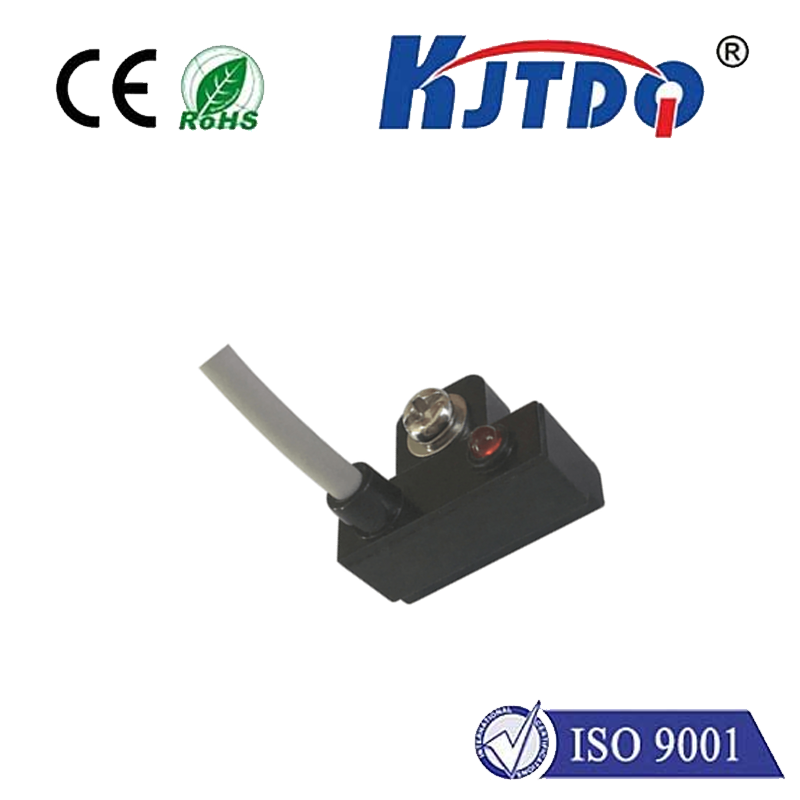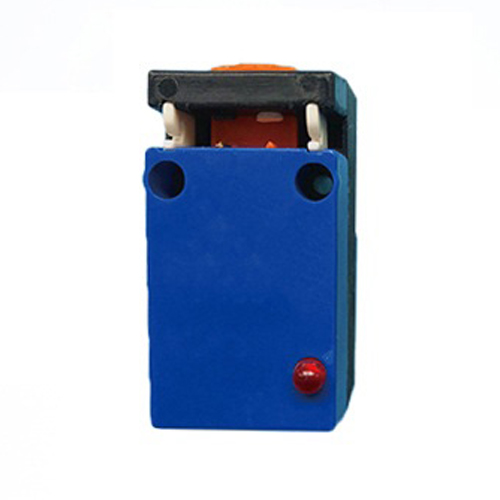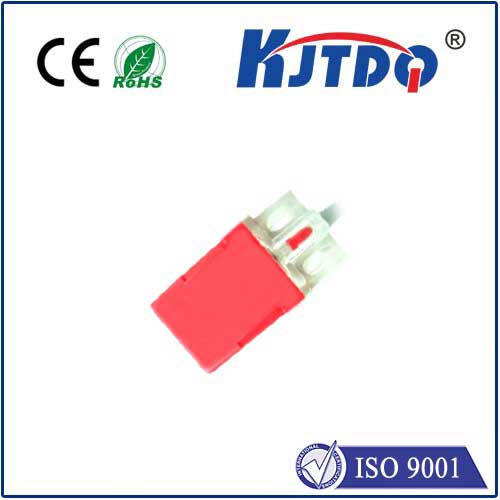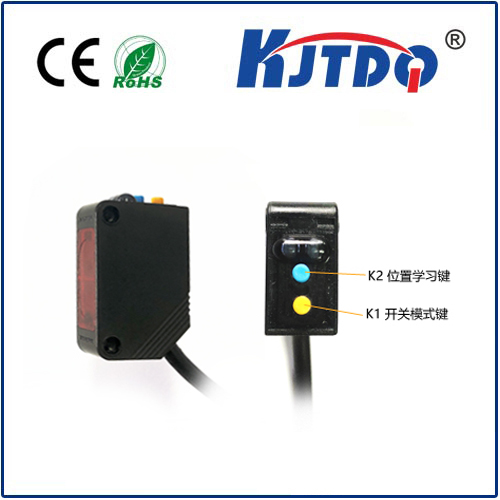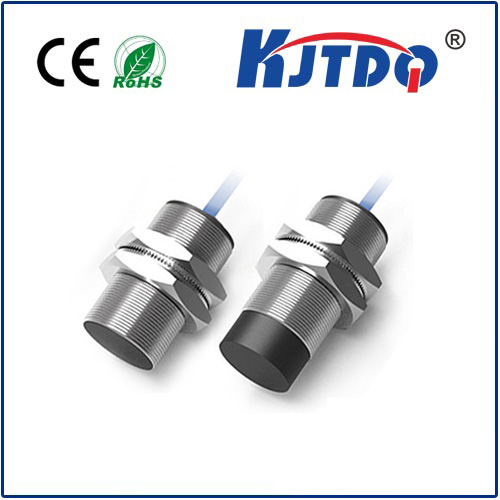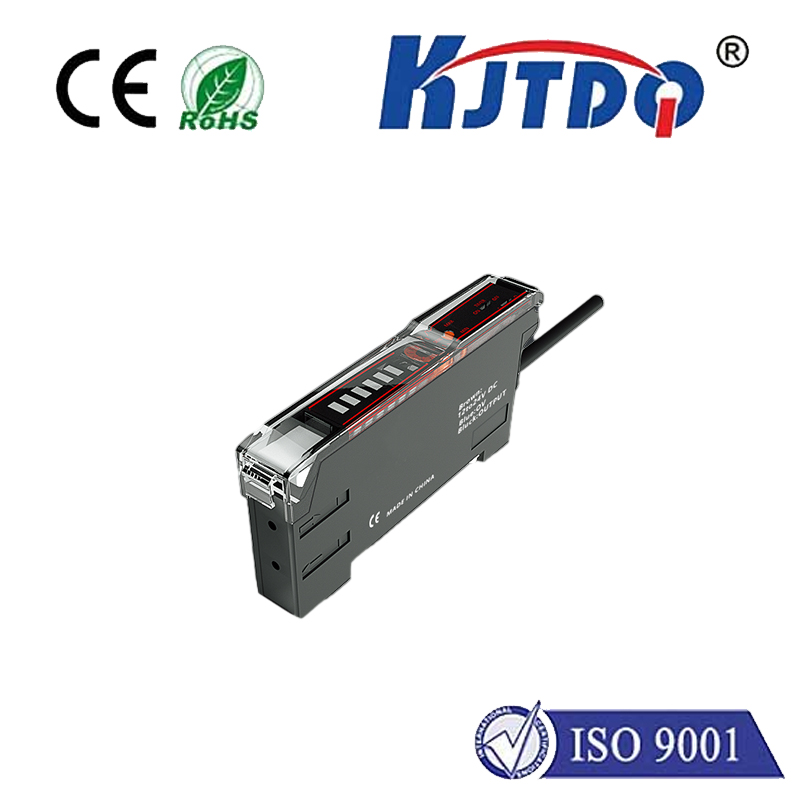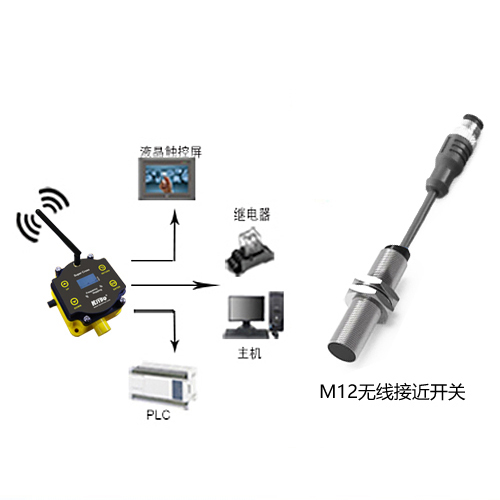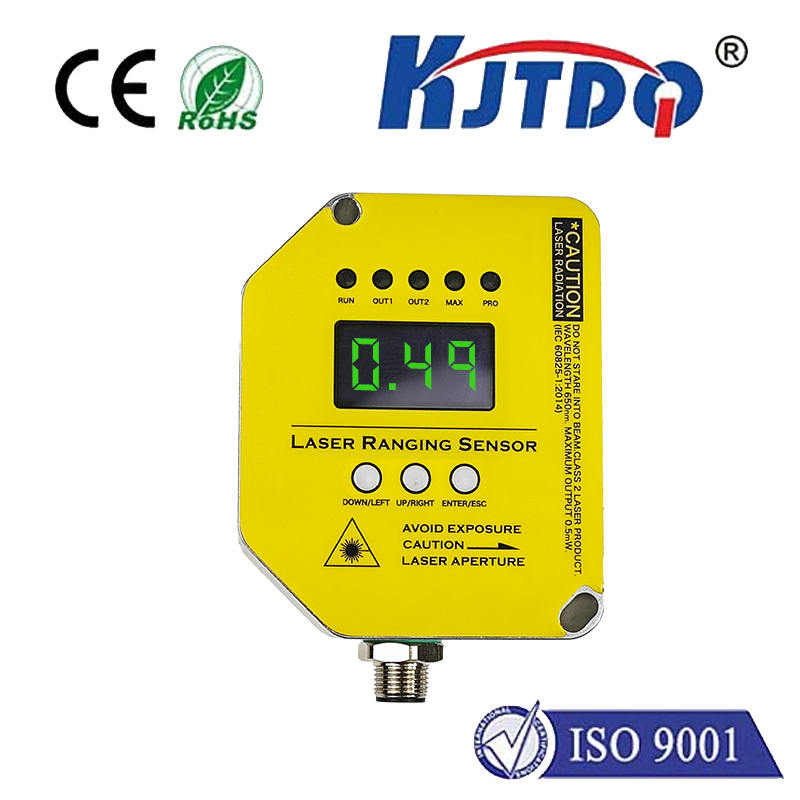

check

check

check

check

check

check

check

check

check

check
Title: Analog Laser Sensor: The Future of Measuring Distances
Introduction:
Analog laser sensors are revolutionizing the way we measure distances. This technology uses a laser and an analog signal to determine the distance between two objects. It has many benefits, including high accuracy, reliability, and low maintenance costs. In this article, we will explore the basics of analog laser sensors and their applications in various industries.
What is an Analog Laser Sensor?
An analog laser sensor consists of two main components: a laser diode and an analog-to-digital converter (ADC). The laser diode emits a light beam that hits the object being measured. The ADC converts the intensity of the beam into an analog signal, which can be amplified and processed to obtain the distance measurement.
Advantages of Analog Laser Sensors:

1. High Accuracy: Analog laser sensors provide highly accurate measurements, making them ideal for applications where precision is critical, such as manufacturing and quality control.
2. Fast Response Time: The response time of analog laser sensors is very fast, typically in the range of milliseconds to microseconds. This makes them suitable for real-time applications, such as robotics and autonomous vehicles.
3. Long Lifespan: Analog laser sensors have a long lifespan, often exceeding 100,000 hours of continuous operation. This reduces maintenance costs and increases productivity for manufacturers and businesses.
4. Easy to Install and Use: Analog laser sensors are simple to install and use, requiring minimal training for operators. This makes them cost-effective for small businesses and individuals.
Applications of Analog Laser Sensors:
1. Factory Automation: Analog laser sensors are commonly used in factory automation systems for measuring distances between robots, assembly lines, and conveyor belts. They help optimize production processes by ensuring accurate positioning and tracking of objects.
2. Medical Imaging: Analog laser sensors are used in medical imaging systems to measure the distance between different parts of the body during X-ray or MRI scans. They ensure accurate alignment of the scanner and reduce image distortion.
3. Automobile Industry: Analog laser sensors are used in automobile industry for measuring distances between objects in the vehicle's interior, such as seats, dashboards, and door panels. They help improve comfort and safety by ensuring proper spacing between objects.
4. Security Systems: Analog laser sensors are used in security systems to detect unauthorized access or intruders in buildings or homes. They provide quick response times and high accuracy, making them effective deterrents against crime.
Conclusion:
Analog laser sensors are an innovative technology with numerous advantages over traditional measuring methods. Their high accuracy, fast response time, long lifespan, easy installation, and ease of use make them suitable for a wide range of applications in various industries. As research and development continue in this field, it is likely that analog laser sensors will become even more prevalent in our daily lives.
